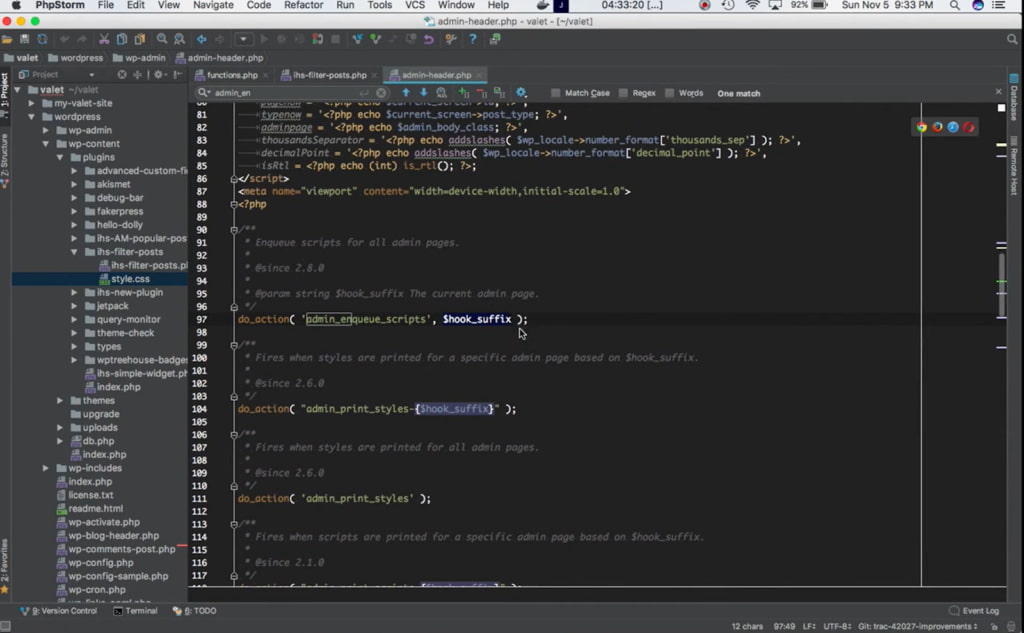In the intricate world of WordPress development, understanding the interplay between various action hooks is pivotal for crafting a seamless and efficient website. Among these, the relationship between the wp_head action hook and the wp_enqueue_scripts action hook stands out as a fundamental mechanism for orchestrating the loading of styles and scripts. In this article, we delve into the mechanics of how the wp_head action hook serves as the trigger for the wp_enqueue_scripts action hook, unraveling the behind-the-scenes magic that ensures proper enqueuing of assets in WordPress.
What is wp_head?
The wp_head action hook is a cornerstone in the WordPress theming structure. It is primarily employed to inject additional elements or scripts into the <head> section of a webpage. Themes and plugins often leverage this hook to include essential meta tags, stylesheets, and scripts required for the proper functioning and aesthetics of a website. However, its influence extends beyond the <head> section, as it plays a crucial role in initiating other action hooks, including the pivotal wp_enqueue_scripts.
wp_head and wp_enqueue_scripts Action Hooks
Discover the seamless connection between the wp_head and wp_enqueue_scripts action hooks with this detailed execution flow, applicable to every page on our WordPress website. The consistency extends across various webpages, with the only variable being the template file chosen by WordPress to render a specific webpage.
- Initiation: The user initiates a visit to a page on our WordPress website, be it the home page or any other;
- Core and Plugins: WordPress takes charge by loading core files, followed by the loading of plugins;
- Theme Integration: Subsequently, as part of the process, WordPress loads the functions.php file of the active theme. This file undergoes a line-by-line analysis, revealing the presence of an add_action() function call tied to the wp_enqueue_scripts action hook.
Upon recognition, WordPress registers that the theme developer intends to enqueue a stylesheet within the <head> element. The realization prompts the system to prioritize the execution of this action at the moment the do_action(‘wp_enqueue_scripts’) function is invoked.
- Subsequently, WordPress identifies the user’s intent to access the Homepage. Consequently, the system searches for the front-page.php file within the active theme, successfully locating it in our scenario;
- Processing begins on the contents of the front-page.php file, where the initial line contains the get_header() function, prompting its execution;
- The get_header() function serves the primary purpose of loading the header.php file from the active theme. As WordPress loads and processes the header.php file, it encounters the wp_head() function and promptly executes it.
Upon executing the wp_head() function, WordPress encounters the do_action(‘wp_head’) function and recognizes it as an action hook, prompting the system to initiate the execution of all associated activities. It is noteworthy that WordPress internally links its core activities to the ‘wp_head’ action hook, exemplified by the presence of wp_enqueue_scripts among these core activities. This linkage is observable when examining the default-filters.php file within the WordPress core.

It’s important to understand that an act is essentially a custom PHP function designed for a specific task. The primary objective of the wp_enqueue_scripts action is to activate the wp_enqueue_scripts action hook, akin to how the wp_head() function initiates the wp_head action hook.
- Upon executing the wp_enqueue_scripts action, WordPress encounters the do_action(‘wp_enqueue_scripts’) function, realizing that it has reached the wp_enqueue_scripts action hook. The system then proceeds to execute all hooked actions, stored in an array. Each is executed based on its priority.
In our scenario, considering the functions.php file, the nd_dosth_enqueue_styles() action is triggered. As it executes, the corresponding link tag code is outputted within the <head> element.
- The completion of executing all actions associated with the wp_head action hook marks the conclusion of the wp_head() function call. WordPress then resumes processing the header.php file, progresses through its entirety, and subsequently returns to the front-page.php file. The remaining content is processed, and the final markup is sent to the browser;
- Ultimately, the browser renders the markup for the user’s viewing.
Conclusion
In the dynamic landscape of WordPress development, mastering how the wp_head action hook triggers the wp_enqueue_scripts action hook is key to crafting websites that seamlessly balance functionality and aesthetics. This comprehensive understanding empowers developers to optimize the loading of assets, ensuring an optimal user experience on every WordPress page. You might be interested in Understanding the Difference: Margin and Padding Explained.